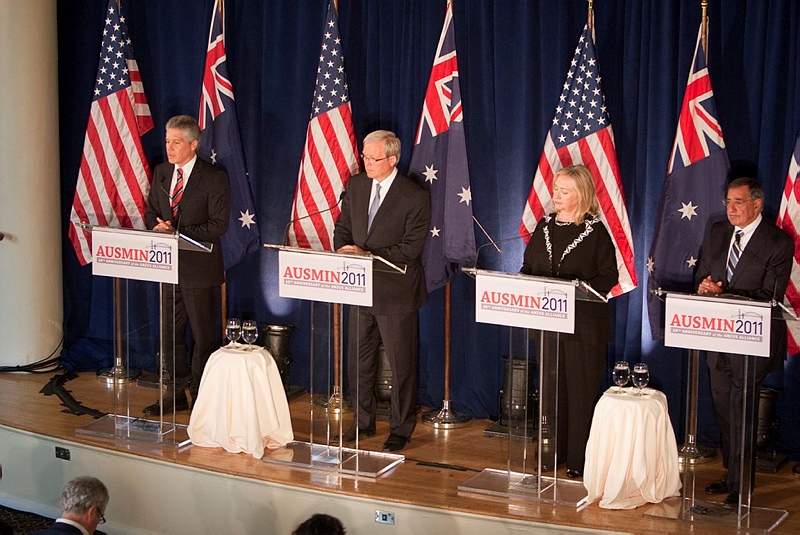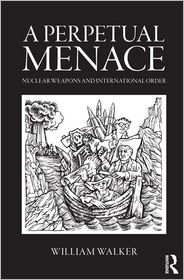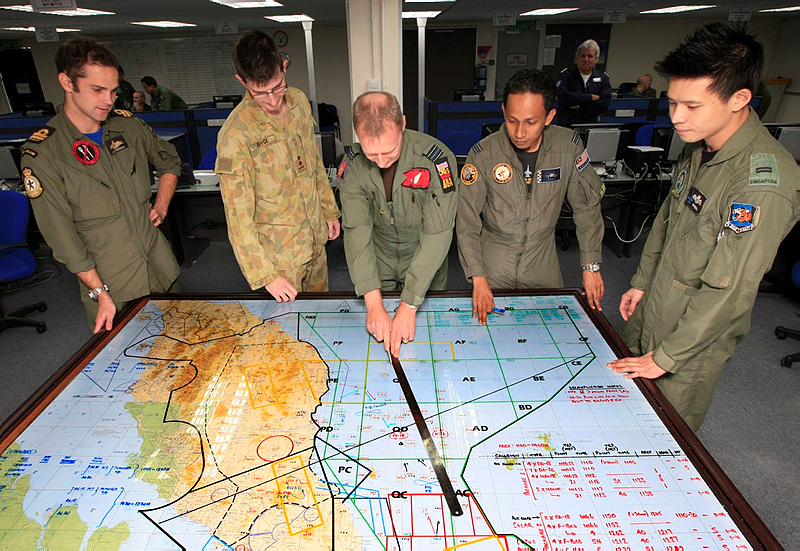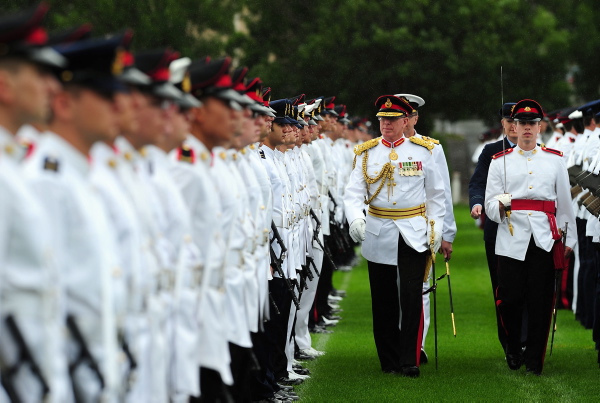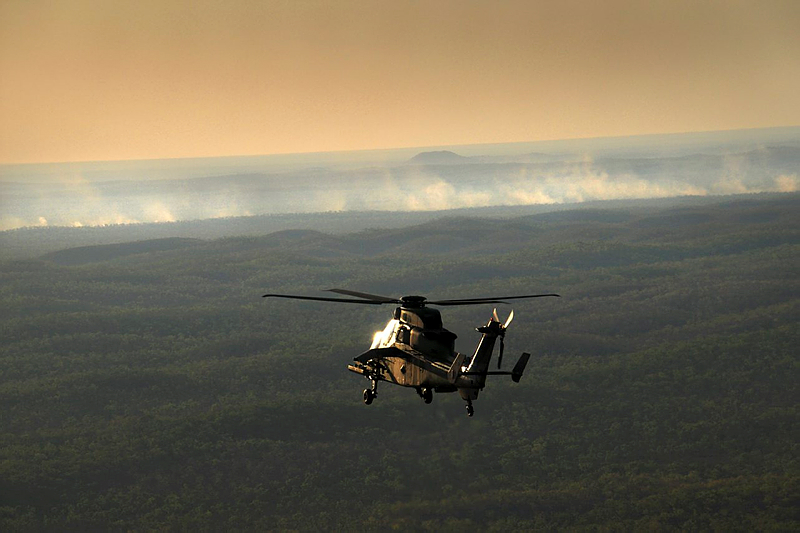What’s in a word?
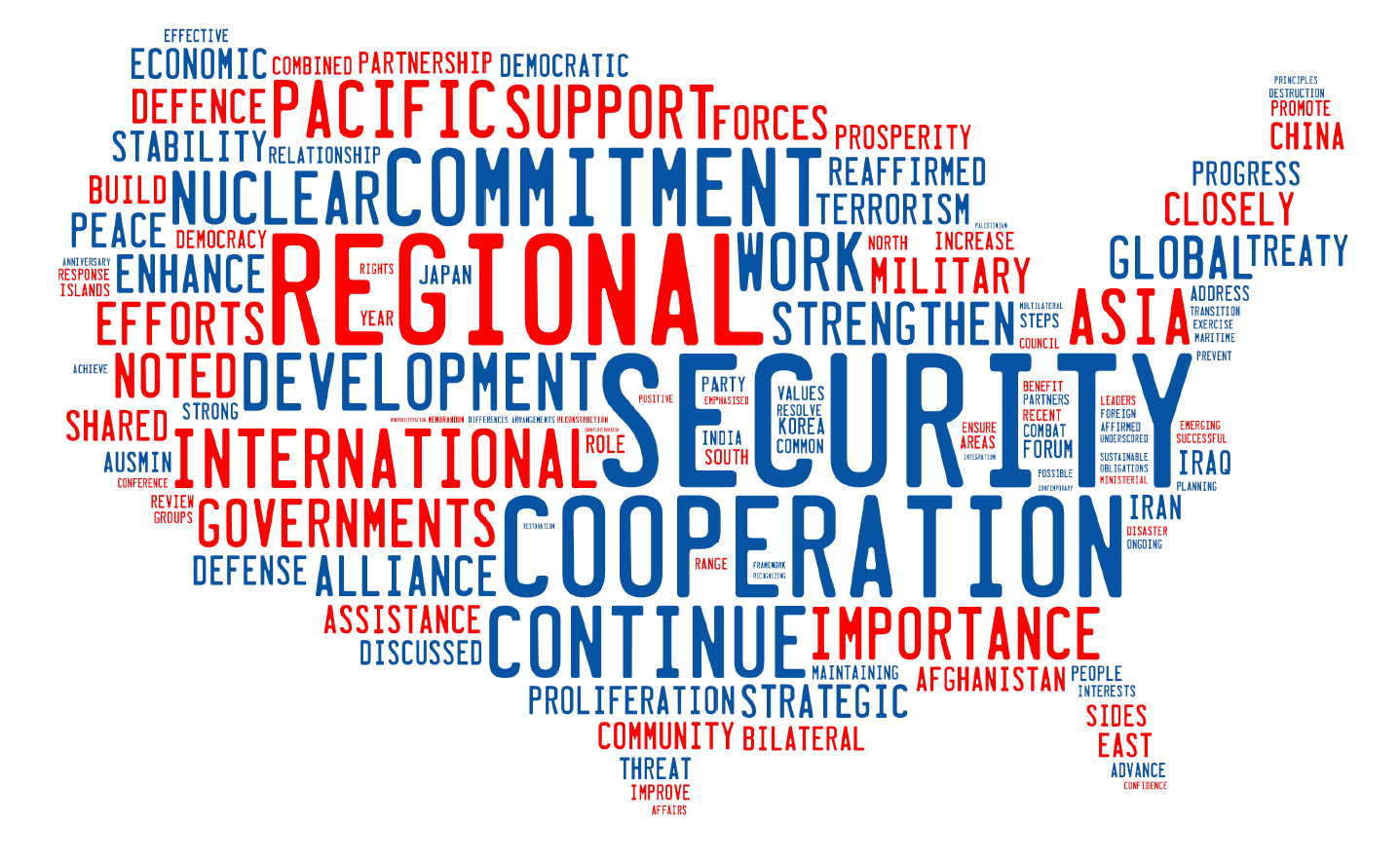 Statements of mutual appreciation are never far from centre stage at an Australia-United States Ministerial Consultations (AUSMIN) meeting. In 2002, both sides agreed that the meeting came at a time “when the bilateral security alliance [between the United States and Australia] had never been stronger”, and this sentiment has been repeated in various ways at each of the meetings in the years since. The statements made at the sixtieth-anniversary of the ANZUS alliance commemorated at last year’s AUSMIN were particularly emotive, with both Australia and the U.S. pointing to their shared military sacrifices, democratic values, influence and interests in the Asia Pacific region, and common strategic objectives.
Statements of mutual appreciation are never far from centre stage at an Australia-United States Ministerial Consultations (AUSMIN) meeting. In 2002, both sides agreed that the meeting came at a time “when the bilateral security alliance [between the United States and Australia] had never been stronger”, and this sentiment has been repeated in various ways at each of the meetings in the years since. The statements made at the sixtieth-anniversary of the ANZUS alliance commemorated at last year’s AUSMIN were particularly emotive, with both Australia and the U.S. pointing to their shared military sacrifices, democratic values, influence and interests in the Asia Pacific region, and common strategic objectives.
With the 2012 AUSMIN conference fast approaching, we decided to take a look at the language that has dominated at least the public face of AUSMIN over the past decade. From its beginnings in 1985, the annual meeting has provided an insight into the joint concerns of both Australia and the United States. As we can see from the word cloud above—constructed from the public communiques issued at the end of each meeting—the language has been dominated by ‘soft’ terms such as ‘cooperation’, ‘security’ and ‘commitment’, at the bilateral, global and regional level. Conversely, despite the rhetorical importance placed upon shared sacrifices, the two major theatres where Australian and American forces have been engaged—Iraq and Afghanistan—are relatively inconspicuous. Read more


